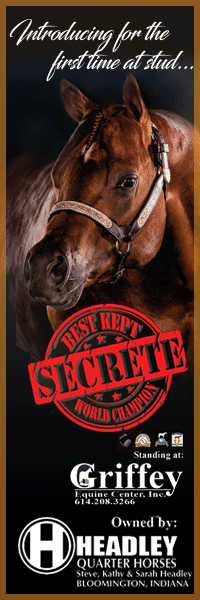Examining the Finer Points of Equitation
Click here to read the complete article182 – July/August, 2017
by Alison Foster
 Earning a top Equitation score often hinges on challenging maneuvers like the hand gallop, the leg yield, and dropping your stirrups. However, with the right preparation, every rider can become confident in these advanced skills. Experts Shannon McCulloch, Jessica Johnson, and David Miller weigh in, sharing their expertise, discussing common mistakes, and outlining exercises that will help you ace these difficult maneuvers.
Earning a top Equitation score often hinges on challenging maneuvers like the hand gallop, the leg yield, and dropping your stirrups. However, with the right preparation, every rider can become confident in these advanced skills. Experts Shannon McCulloch, Jessica Johnson, and David Miller weigh in, sharing their expertise, discussing common mistakes, and outlining exercises that will help you ace these difficult maneuvers.
The Hand Gallop
For Shannon McCulloch, Head Trainer of McCulloch Training Stables, the ideal hand gallop should look like a horse and rider are approaching a jump. The horse should lengthen its stride and the rider should be in the two-point position – standing slightly in the stirrups, with a slight break through the waist, and hands midway up the horse’s neck.
In Shannon’s opinion, every horse can do Equitation. “Shorter strided horses can be successful in Equitation if ridden in the right manner. What I don’t want to see is the horse just moving faster with the same short strides. When doing a hand gallop, the rider can’t just think, “go,” because that will translate into a run. Remember, the hand gallop isn’t about speed; it’s about covering more distance with each stride. This must be developed over time. Horses have to learn to lengthen their stride and use their back muscles.”
For Shannon, the transition to the hand gallop should be thought of as acceleration. “Think of it as a deliberate transition from one speed to another. I like to see the hand gallop develop gradually over a three stride acceleration, and the same goes with recollecting,” she says.
As for the rider, Shannon wants the rider to look engaged. “I want you to look like you’re participating in the horse’s stride, not standing above it. You should crawl up your reins so your arms are a bit up the neck, not just thrown forward without keeping that connection and the ability to guide your horse. They key to a great hand gallop is remembering that you don’t ride it any differently than in the slower maneuvers. It’s all about connection; you’re still using your legs, hands, and body to communicate with your horse.”
Click here to read the complete article182 – July/August, 2017










